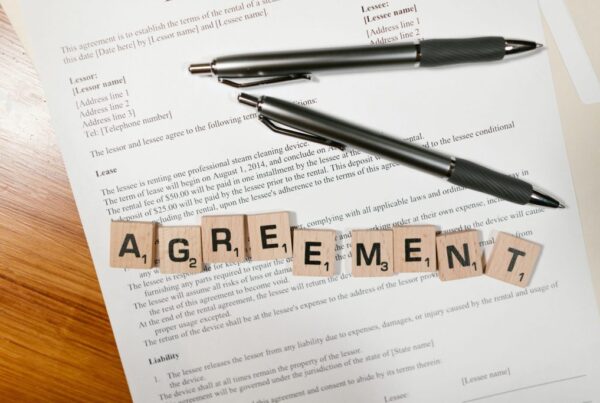This post originally appeared on SimonCRE Insights Blog and is republished with permission. Find out how to syndicate your content with theBrokerList.

Part II
In Part I, we provided tips on how to project the appreciation of a commercial real estate property; however, it is just a byproduct of good underwriting/investment fundamentals and exogenous variables. While price appreciation cannot be completely guaranteed, depreciation of real estate is more of a tactic or strategy.
This week, we will look at strategic decisions real estate investors should make throughout the lifespan of an investment. One of the most common strategies to managing a real estate investment portfolio is the exercise of depreciation.
Reasons to Consider a Depreciation Strategy
Before we deep-dive into the nuances of calculating the depreciation of a CRE property, you should understand why it is so important. Depreciation offers multiple benefits, but the primary reason for executing this strategy is for tax deductions. Here’s some other tax saving strategies.
To get more granular, depreciation deductions reduce your taxable income while your cash flow remains the same. Many even consider depreciation to be just as important as the cash income and potential increase in market value that a property generates. The deductions can even lead to a favorable change in the investor’s tax bracket.
Key Items Investors Need to Know
Now that you understand the benefits, what else is important to know when it comes to calculating the depreciation of your property? To start, keep in mind that the larger the investment, the greater the amount of depreciation.
Also, the “useful life” of the property does not include the land, just the building and improvements. The Internal Revenue Service (IRS) created the standard depreciation period for CRE to be “fully depreciated” after 39 years.
Straight-line Depreciation Method
So, how do you calculate it? The straight-line depreciation method describes the formula that determines how much a specific asset “loses value” in one year, and then depreciates the asset by that amount each year thereafter. This approach assumes a constant rate (or straight-line) of depreciation.
Here is an example to illustrate the process:
Value of building (excluding land): $2 million
Deductible annual depreciation: $2 million / 39 years = $51,282.05
Taxable income: $250,000/year — $51,282.05 (depreciation) = $198,717.95
As mentioned, these calculations can even cause you to fall under a different tax bracket if you take the time to make these deductions. In fact, in the example above, the investor would go from the 35% tax bracket down to 32%.
Cost Segregation
Another useful tool for this topic is cost segregation, or accelerated depreciation. This is essentially a strategic tax planning tool that allows you to increase cash flow by accelerating depreciation deductions and deferring both federal and state income taxes.
The ultimate goal is to determine all property-related costs that could be depreciated over five, seven, and 15 years. For example, certain electrical outlets for kitchen appliances or computers could be depreciated over five years.
Depreciation Recapture
If the property is sold for a gain, this tax provision can be exercised by the IRS to collect on the asset that the owner had previously used depreciation deductions to offset their taxable income. The depreciation recapture is calculated by taking the adjusted cost basis of the asset compared to the sale price of the asset.
The gain realized upon selling the property must be reported on IRS Form 4797 as ordinary income for tax purposes. Depreciation recaptures on real estate property gains are capped at a maximum of 25% (2019).
When it comes to CRE, depreciation deductions are strategic moves that should be held at a high level of importance when it comes to reducing your taxable income. Keep these items in mind and it will pay off.
Ready to Invest?
VIEW AVAILABLE PROPERTIES FOR SALE
Did you catch Part I?
Read: Projecting the Potential Appreciation on a Commercial Property



